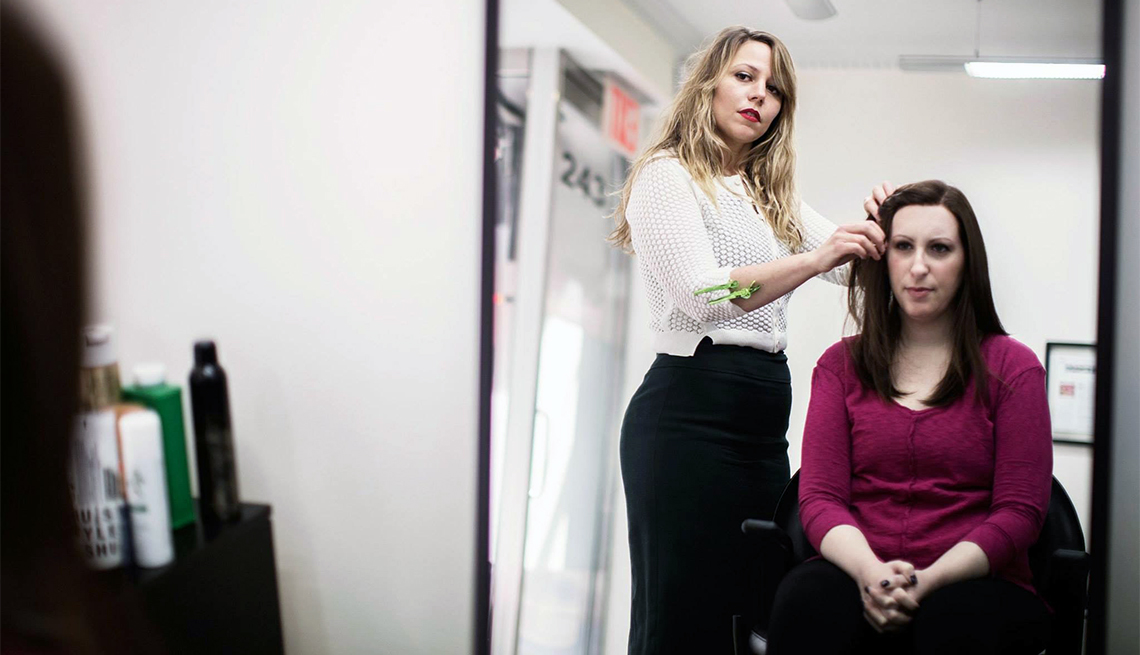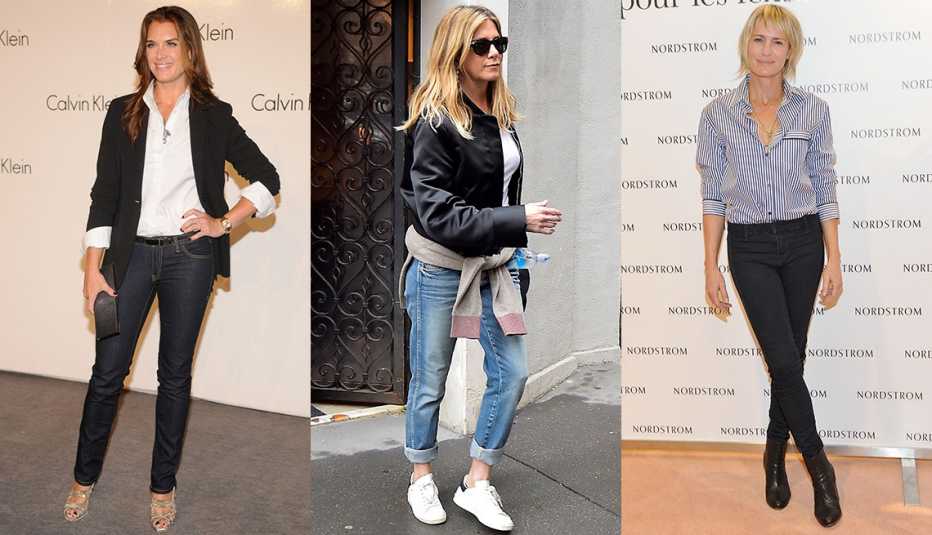AARP Hearing Center
Merria Dearman gets emotional about wigs — not just because it's been her profession for 13 years, but because of the journey she takes with her clients. She experiences the highs of a client elated over a new wig and, sometimes, the lows of losing a client to cancer. Overall, she’s grateful to provide high-quality, personalized solutions to her clients suffering from hair loss — some of whom are dealing with life-threatening illnesses.
According to the American Hair Loss Association, women account for 40 percent of hair loss sufferers in the U.S. The Centers for Disease Control and Prevention reports that 650,000 people undergo chemotherapy in the United States — a treatment that often leads to hair loss. With millions of women suffering from hair loss due to heredity, aging, hormones, stress, medical conditions or medications comes a plethora of options. One tried-and-true remedy remains a popular alternative: wigs.
Enter Merria (pronounced Mariah) Dearman, a master wigmaker in New York. Dearman honed her craft with top-tier “wig masters” from across the country, including Amanda Miller of Saturday Night Live and Jeanna Hurd of the American Conservatory Theater and San Francisco Opera and Ballet.




































































